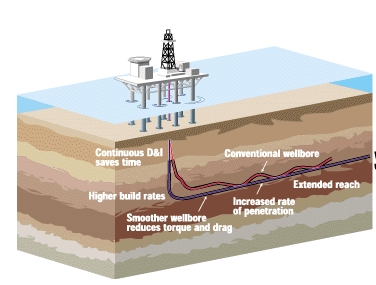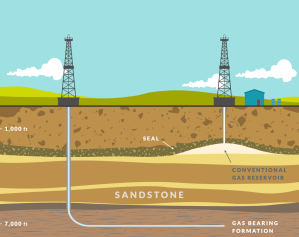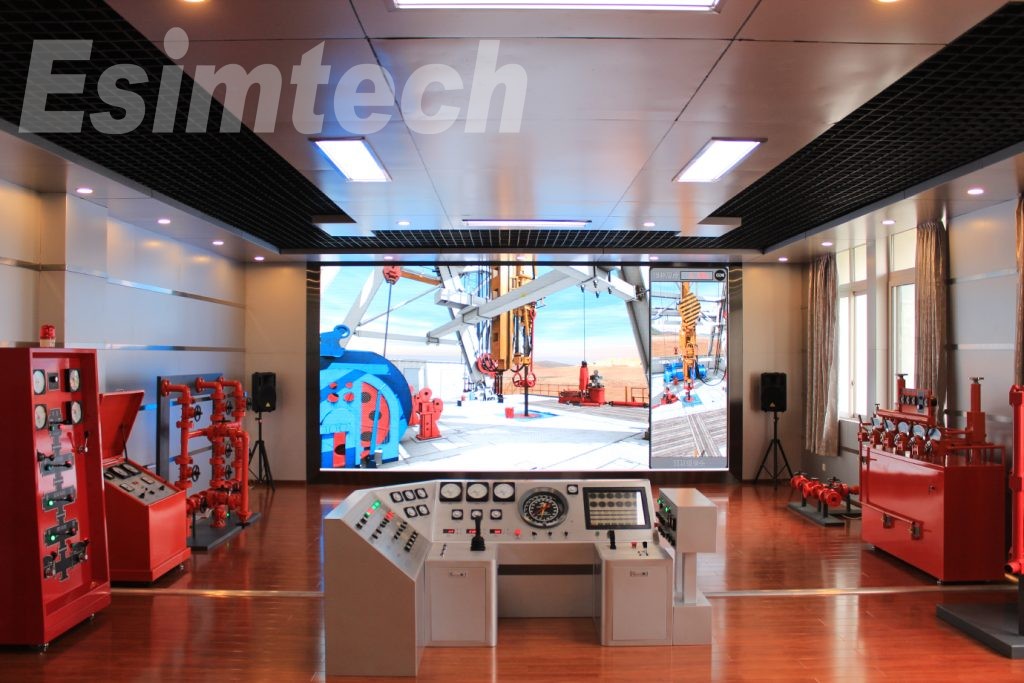Horizontal wells, often referred to as "snake wells," have revolutionized the hydrocarbon production industry. This innovative drilling method offers numerous advantages over traditional vertical wells. In this article, we explore the significance, techniques, and profound impact of horizontal wells on the energy sector.

Understanding Horizontal Wells
As the name suggests, horizontal wells deviate from the traditional vertical drilling method. Instead of drilling straight down, horizontal wells follow a curved path, extending horizontally beneath the surface through oil- or gas-bearing rock formations. This directional drilling technique enables access to previously untapped reservoirs.
Techniques for Drilling Horizontal Wells
Directional Drilling
The cornerstone of horizontal wells is directional drilling. It starts as a standard vertical well, but at a certain depth, the drill bit is redirected horizontally. Specialized tools and measurements, such as downhole drilling motors and measurement-while-drilling (MWD) systems, guide the drill bit along the desired path.
Steering Tools
Maintaining control over the wellbore’s direction is crucial. Tools like rotary steerable systems and mud motors ensure precise well steering.
Casing and Cementing
To maintain structural integrity and prevent fluid migration between geological layers, horizontal wells require additional casing and cementing at the curve and horizontal sections.
Perforation and Completion
Once drilling is completed, the wellbore is perforated to allow hydrocarbons to flow into the well. Completion operations, such as hydraulic fracturing, may be performed to stimulate reservoir production.
Production Logging
Continuous monitoring and production logging are essential for horizontal wells. These operations help assess reservoir performance, identify issues, and optimize production strategies.
The Significance of Horizontal Wells
Horizontal wells have significantly transformed the oil and gas industry.
Enhanced Recovery Rates
Horizontal drilling allows access to a larger portion of the reservoir, significantly increasing hydrocarbon extraction. This results in higher recovery rates compared to vertical wells.
Economic Efficiency
The financial benefits of horizontal wells often outweigh their initial drilling costs, making them a wise investment for operators.
Environmental Responsibility
Reduced surface disturbance and environmental impact contribute to more responsible resource extraction.
Reservoir Management
Horizontal drilling improves reservoir management, extending the life of oil fields and increasing production.
Maximizing Resources
As global energy demand grows, horizontal wells play a crucial role in maximizing oil and gas resources.
Mitigated Water and Gas Coning
Horizontal wells are less susceptible to water and gas coning, a common issue in vertical wells. This results in less diluted hydrocarbon production and higher quality crude oil.
The Role of Simulation in Enhancing Horizontal Wells
The precision required for horizontal oil drilling demands careful planning, training, and continuous monitoring. This is where simulation technology proves invaluable.

Training and Skill Development
Horizontal drilling requires a specific skill set. Drillers must be proficient in directional drilling, downhole tool management, and geosteering. Drilling and well control training simulations provide a risk-free environment for skill development, allowing drillers to practice and refine their techniques.
Risk Mitigation
Horizontal drilling projects carry significant financial and environmental risks. Simulations enable operators to rehearse drilling procedures, anticipate potential challenges, and develop contingency plans, minimizing risks without the associated costs and dangers of real-world drilling.
Equipment Familiarization
Operators can use downhole simulation tools to become acquainted with specialized equipment used in horizontal drilling, such as downhole drilling motors, MWD systems, and rotary steerable systems. This familiarity is essential for smooth drilling operations.
Operational Optimization
Drilling simulation systems allow operators to test various drilling strategies, assess their impact on the reservoir, and refine their approaches. This process optimizes drilling parameters, minimizes downtime, and enhances drilling efficiency.

Emergency Response Drills
Operators must be prepared to respond swiftly and effectively to unexpected challenges during drilling. Emergency simulation systems help drillers practice emergency procedures, ensuring they are well-prepared to manage unforeseen situations.
Key Components of Simulation in Horizontal Drilling
Virtual Well Environments
Simulations create realistic well environments where operators can practice drilling, make adjustments, and address potential challenges in a controlled setting. These virtual scenarios can replicate various geological formations and conditions.
Interactive Drilling Software
Drilling simulators offer interactive software that enables operators to make real-time decisions and witness the consequences of those decisions in a virtual environment, providing valuable feedback and insights.
Reservoir Modeling
Advanced simulation tools can incorporate reservoir data and modeling to accurately represent geological conditions. This allows for precise geosteering and reservoir management, contributing to enhanced recovery rates.
Data Visualization
Oil and gas simulation software provides detailed data visualization, including drilling parameters, wellbore conditions, and downhole measurements, helping operators make informed decisions and monitor drilling operations effectively.
Drilling Equipment Integration
Drilling simulators can work in tandem with drilling equipment to simulate the use of specialized tools and equipment, allowing operators to practice using the actual tools they will encounter in the field.
Conclusion
Horizontal wells represent a groundbreaking approach to resource extraction, offering numerous benefits that significantly impact the oil and gas industry. They are essential in meeting the world’s energy demands while ensuring a sustainable and efficient approach to resource extraction. Simulation technology enhances the success of horizontal well drilling projects by providing a safe and efficient means of preparation, improving safety, efficiency, and overall productivity in the oil and gas industry.

